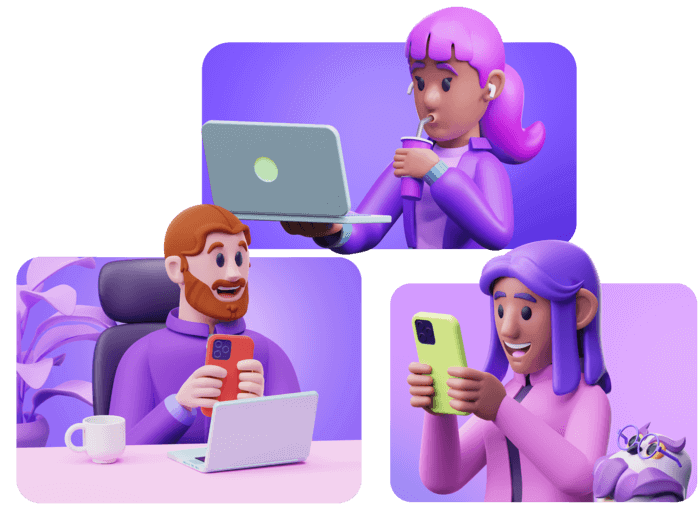Team Communication Hub
Everything you need to know about team communication, excellent communicators, and skills that will help you communicate better.
Team Communication Hub
Everything you need to know about team communication, excellent communicators, and skills that will help you communicate better.

